The dramatic landscapes shaped by volcanic activity offer some of America’s most awe-inspiring natural experiences. These geological wonders tell the powerful story of our planet’s inner workings, creating environments that range from otherworldly barren expanses to lush, recovering forests.
The violent forces that created these landscapes may seem intimidating, but numerous volcanic sites across the United States have been developed specifically for safe visitor exploration. These volcanic parks provide unique opportunities to witness firsthand the creative and destructive power of Earth’s geological processes.
Here is a list of 20 volcano parks across the United States where visitors can safely explore these fascinating formations while learning about the forces that shaped our continent.
Hawaii Volcanoes National Park, Hawaii
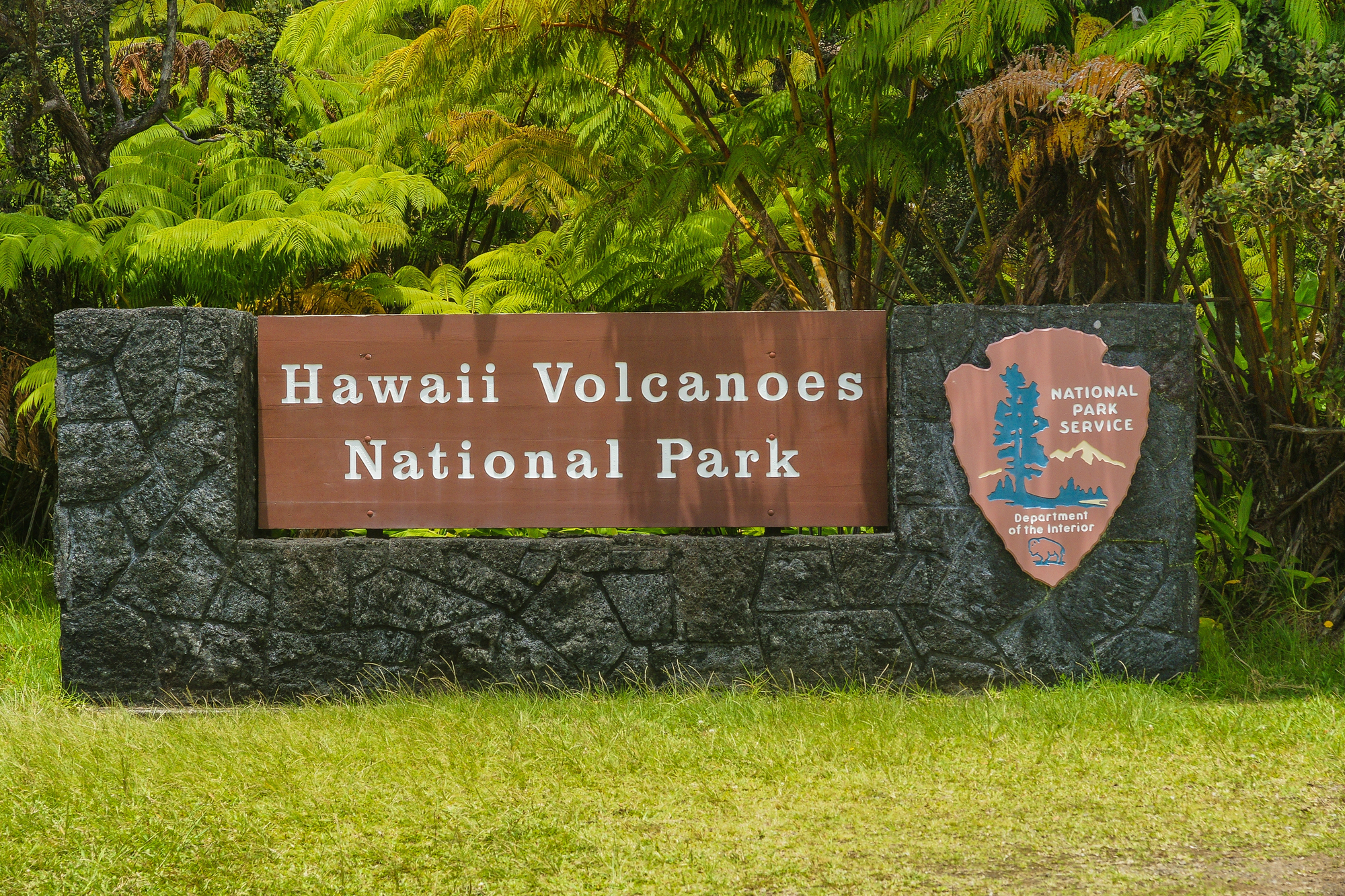
Home to two of the world’s most active volcanoes, Kīlauea and Mauna Loa, this park offers visitors the rare opportunity to witness the ongoing creation of land. The Crater Rim Drive provides accessible viewpoints of massive calderas and steam vents where heat from the underlying magma reaches the surface.
Park rangers closely monitor volcanic activity and adjust accessible areas based on current conditions, ensuring visitors can experience these powerful forces from safe observation points.
Mount St. Helens National Volcanic Monument, Washington
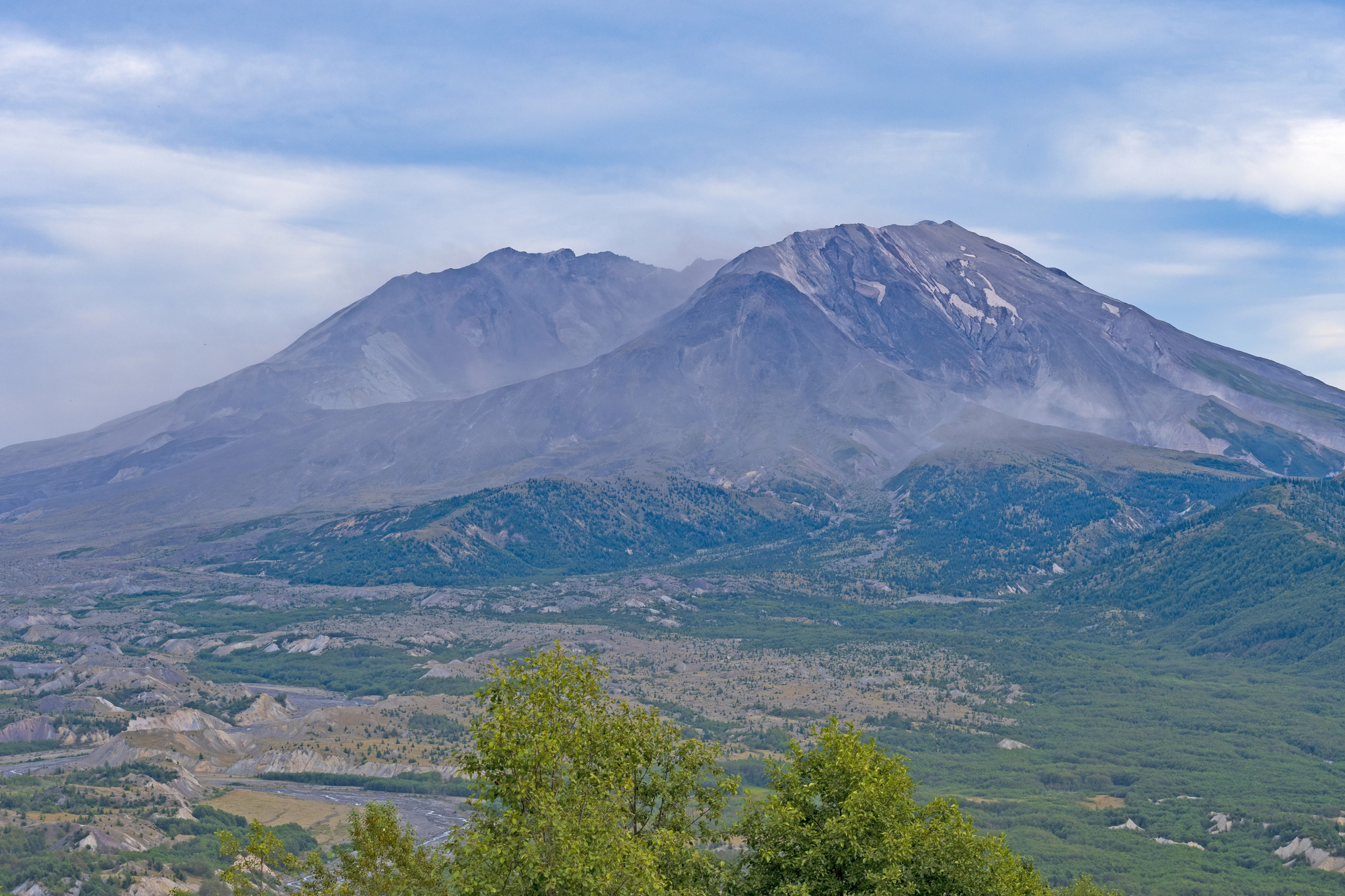
The catastrophic 1980 eruption transformed this landscape into a living laboratory of ecological recovery that continues to evolve today. The Johnston Ridge Observatory, named for volcanologist David Johnston, who perished in the eruption, provides dramatic views directly into the crater from a safe 5-mile distance.
Numerous trails wind through the blast zone, allowing visitors to witness how nature rebounds after devastation while interpretive centers explain the fascinating science behind the mountain’s dramatic transformation.
Crater Lake National Park, Oregon
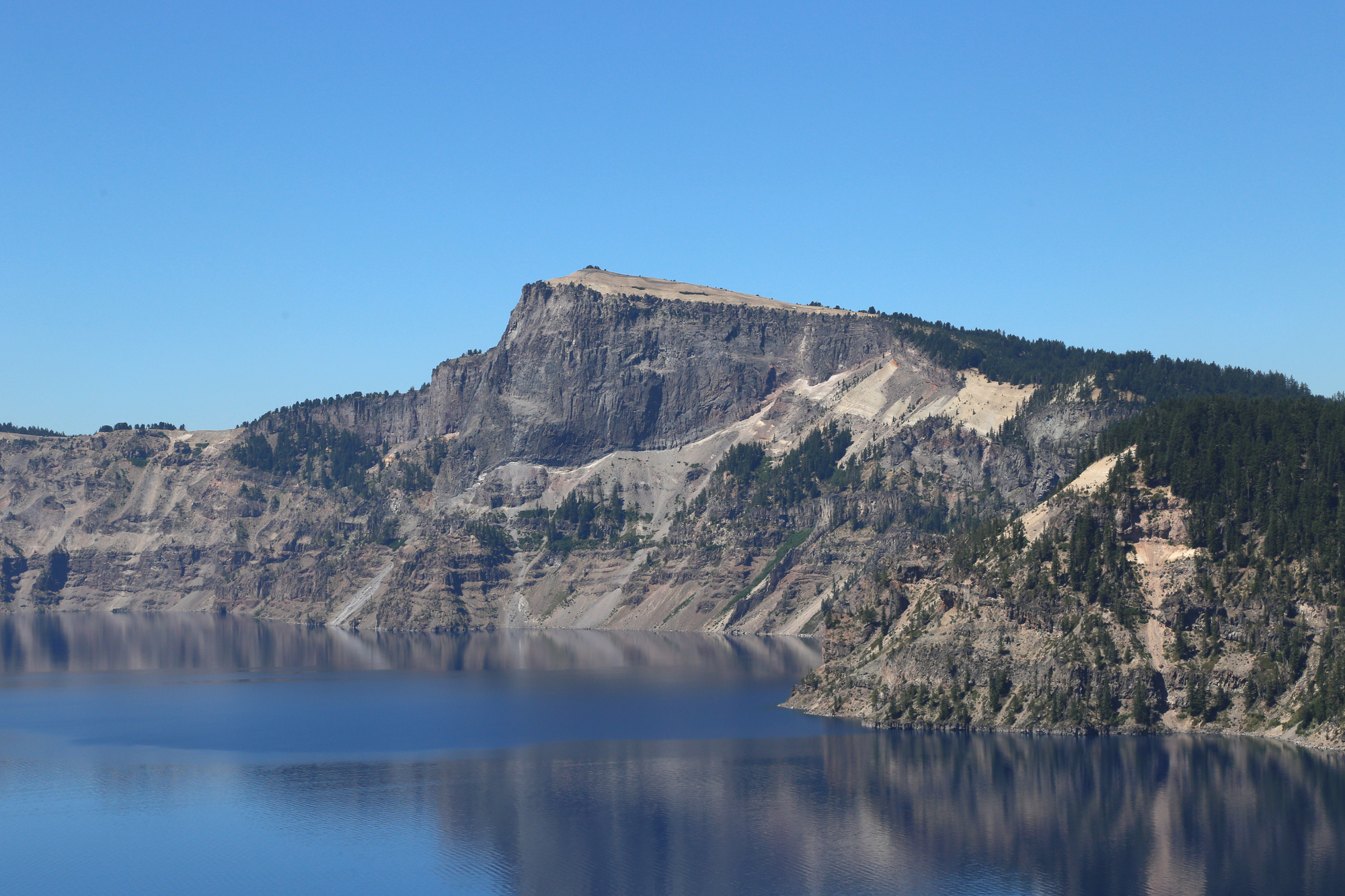
America’s deepest lake formed in the caldera of an ancient volcano that collapsed after a massive eruption approximately 7,700 years ago. The 33-mile Rim Drive offers stunning viewpoints of the incredibly blue waters surrounded by 2,000-foot cliffs created during the volcano’s collapse.
The scenic boat tour provides a unique perspective from the water surface, where rangers explain how this remarkable landscape evolved through catastrophic geological events.
Like Travel Pug’s content? Follow us on MSN.
Lassen Volcanic National Park, California
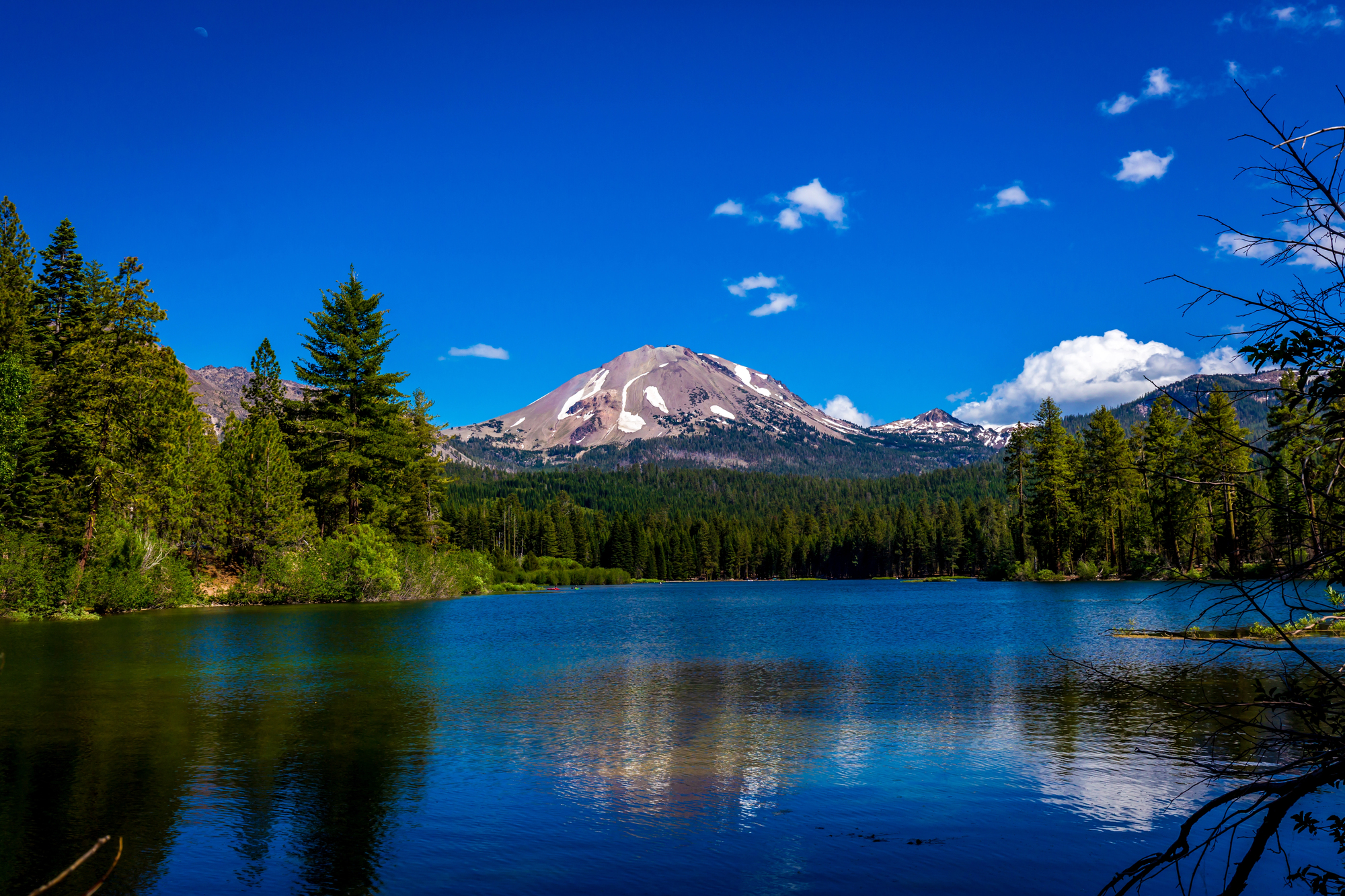
This lesser-known gem showcases all four types of volcanoes in the world: shield, composite, cinder cone, and plug dome. The main park road passes through Bumpass Hell, a hydrothermal area with boiling mud pots and steam vents named after an unfortunate explorer who suffered severe burns after falling through the thin crust.
The Devastated Area interpretive trail explains how Lassen Peak’s 1915 eruption transformed the surrounding landscape through pyroclastic flows and mudslides.
Craters of the Moon National Monument, Idaho
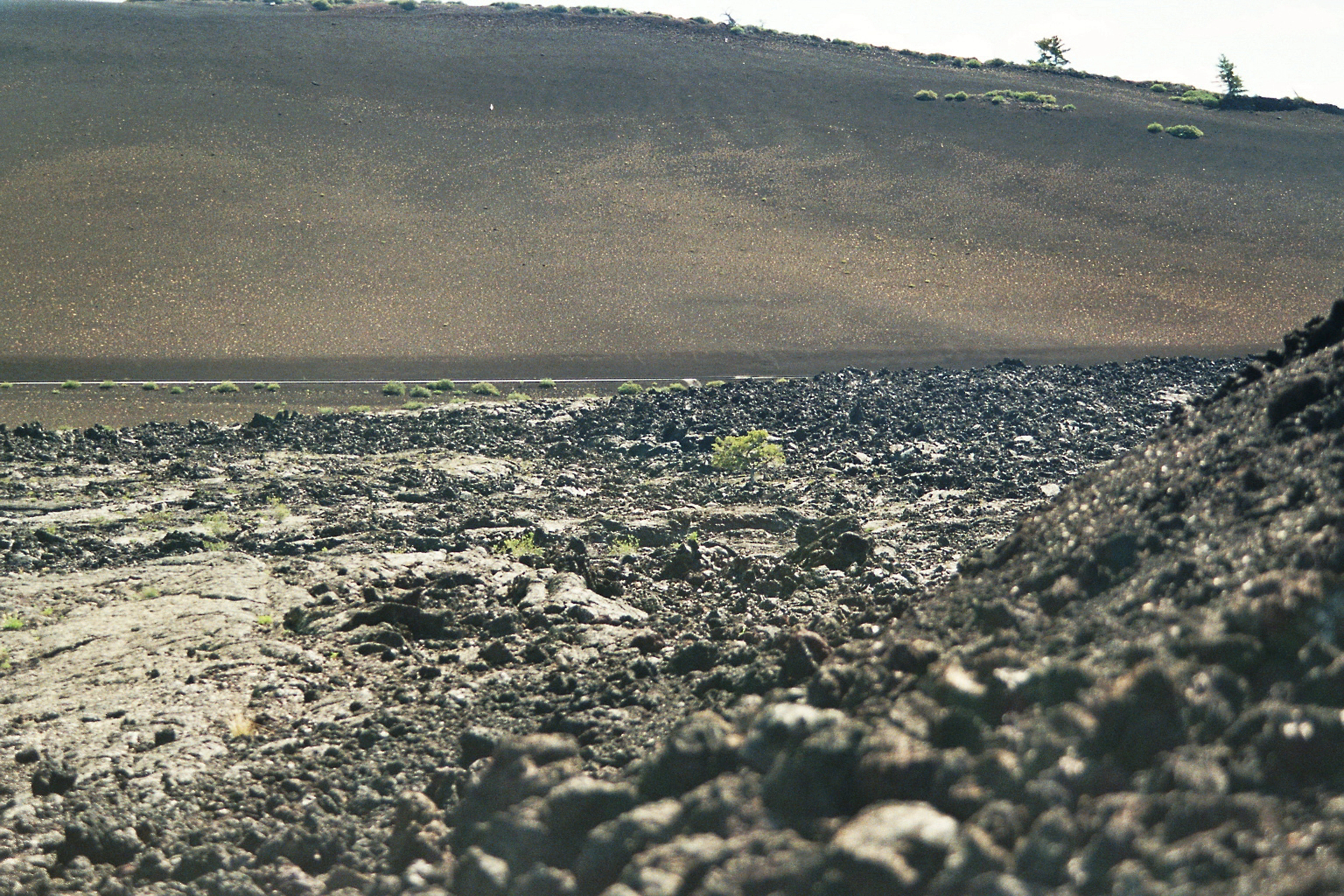
This expansive lava field represents one of the best-preserved flood basalt areas in the continental United States, with eruptions dating back only 2,000 years. The seven-mile loop drive connects visitors to trails winding through a bizarre landscape of cinder cones, lava tubes, and spatter cones that early explorers compared to walking on the lunar surface.
The Indian Tunnel lava tube provides an accessible adventure into the underground world created when flowing lava cooled on the outside while continuing to flow within.
Sunset Crater Volcano National Monument, Arizona
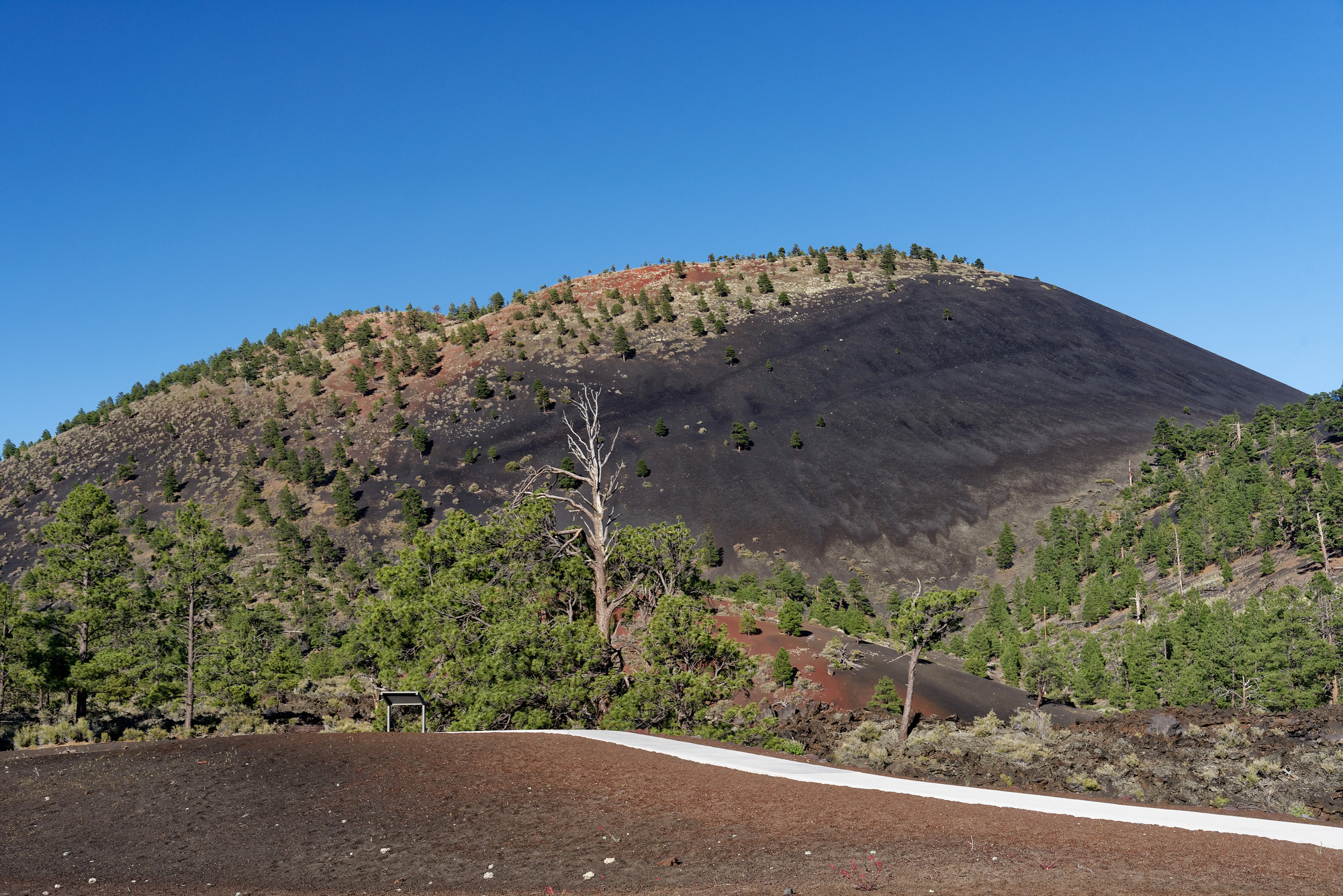
The youngest volcano in Arizona erupted just 900 years ago, creating a dramatic cinder cone that rises 1,000 feet above the surrounding landscape. The one-mile Lava Flow Trail guides visitors through jagged ‘a’ā lava formations, where interpretive signs explain how Indigenous peoples adapted to this dramatic landscape transformation.
The two-tone appearance of the cinder cone itself—black base with reddish top—demonstrates how mineral content affects the coloration of volcanic materials.
Like Travel Pug’s content? Follow us on MSN.
Katmai National Park and Preserve, Alaska
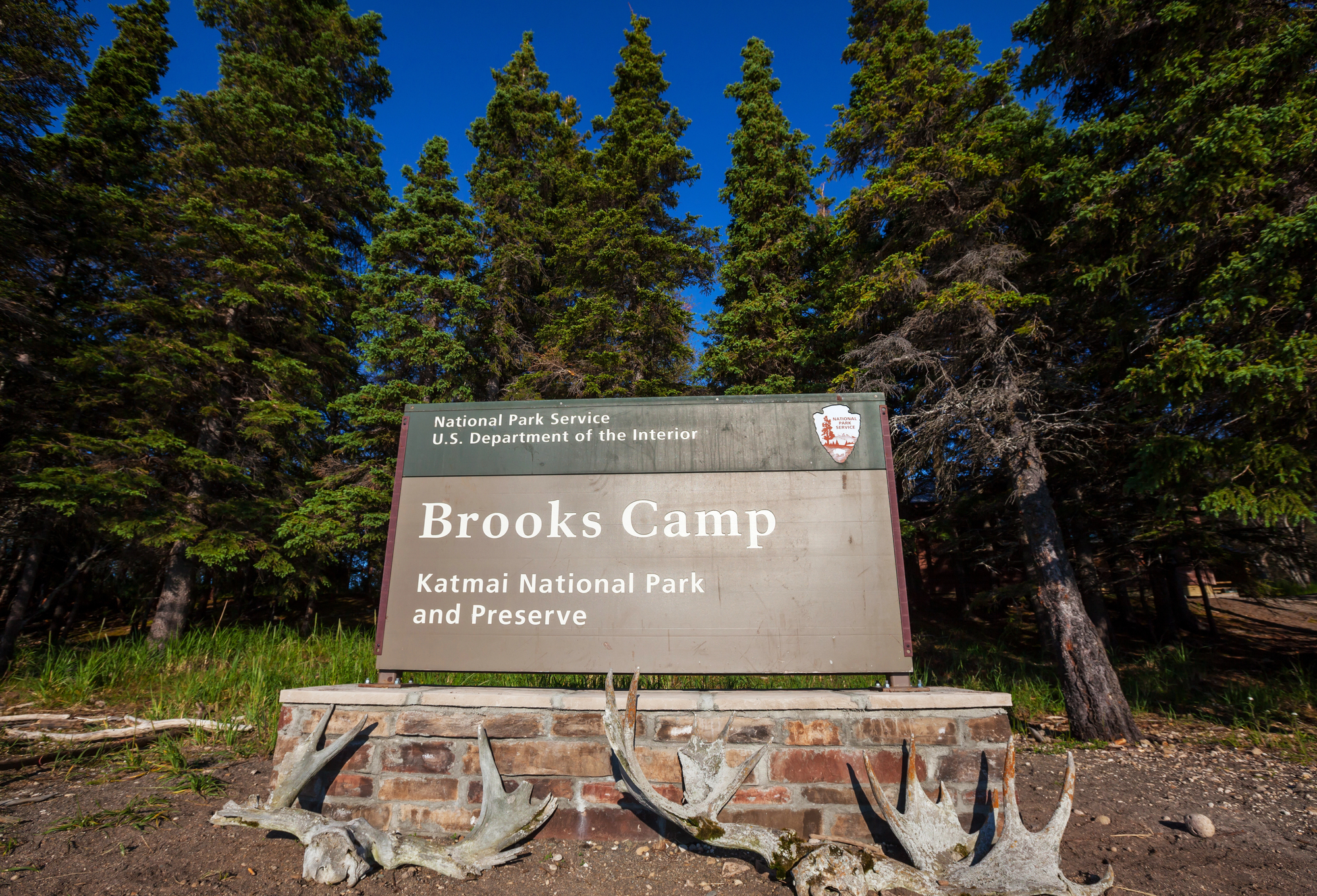
The 1912 eruption of Novarupta—the largest volcanic eruption of the 20th century—created the extraordinary Valley of Ten Thousand Smokes, a 40-square-mile area buried under ash flows up to 700 feet deep. While reaching the park requires a flight to King Salmon followed by a float plane journey, the established viewing platforms provide completely safe observation opportunities for both the volcanic features and the area’s famous brown bears.
The park’s visitor centers offer detailed explanations of how this massive eruption affected global climate patterns.
Yellowstone National Park, Wyoming/Montana/Idaho
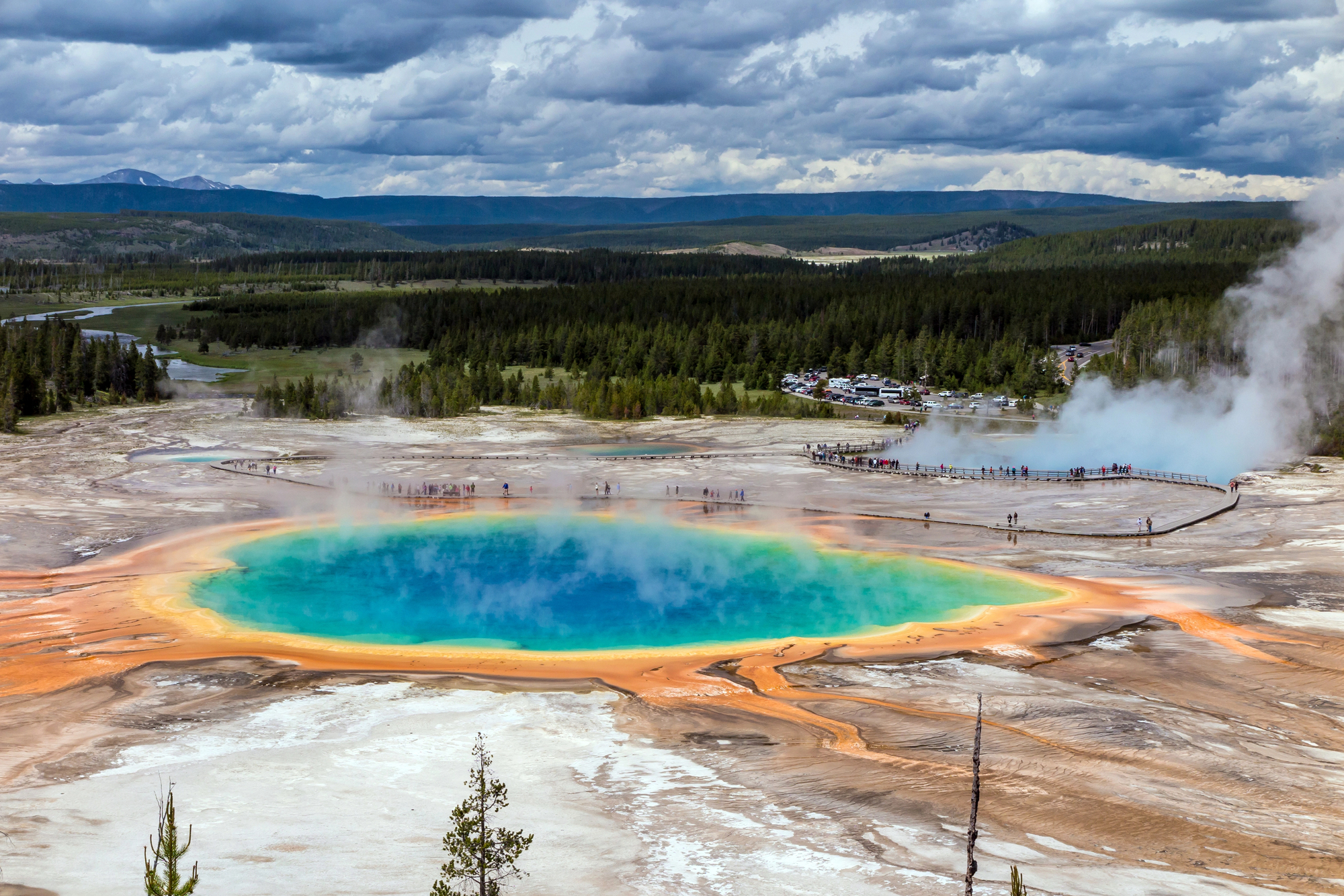
America’s first national park sits atop one of the world’s largest active volcanic systems, where the underlying hotspot powers over 10,000 hydrothermal features. The established boardwalks through geyser basins keep visitors safely above the scalding water and dangerously thin crust, while providing close-up views of colorful hot springs and erupting geysers.
Park rangers effectively manage the delicate balance between visitor access and safety in this dynamic landscape, where new thermal features occasionally develop overnight.
Newberry National Volcanic Monument, Oregon
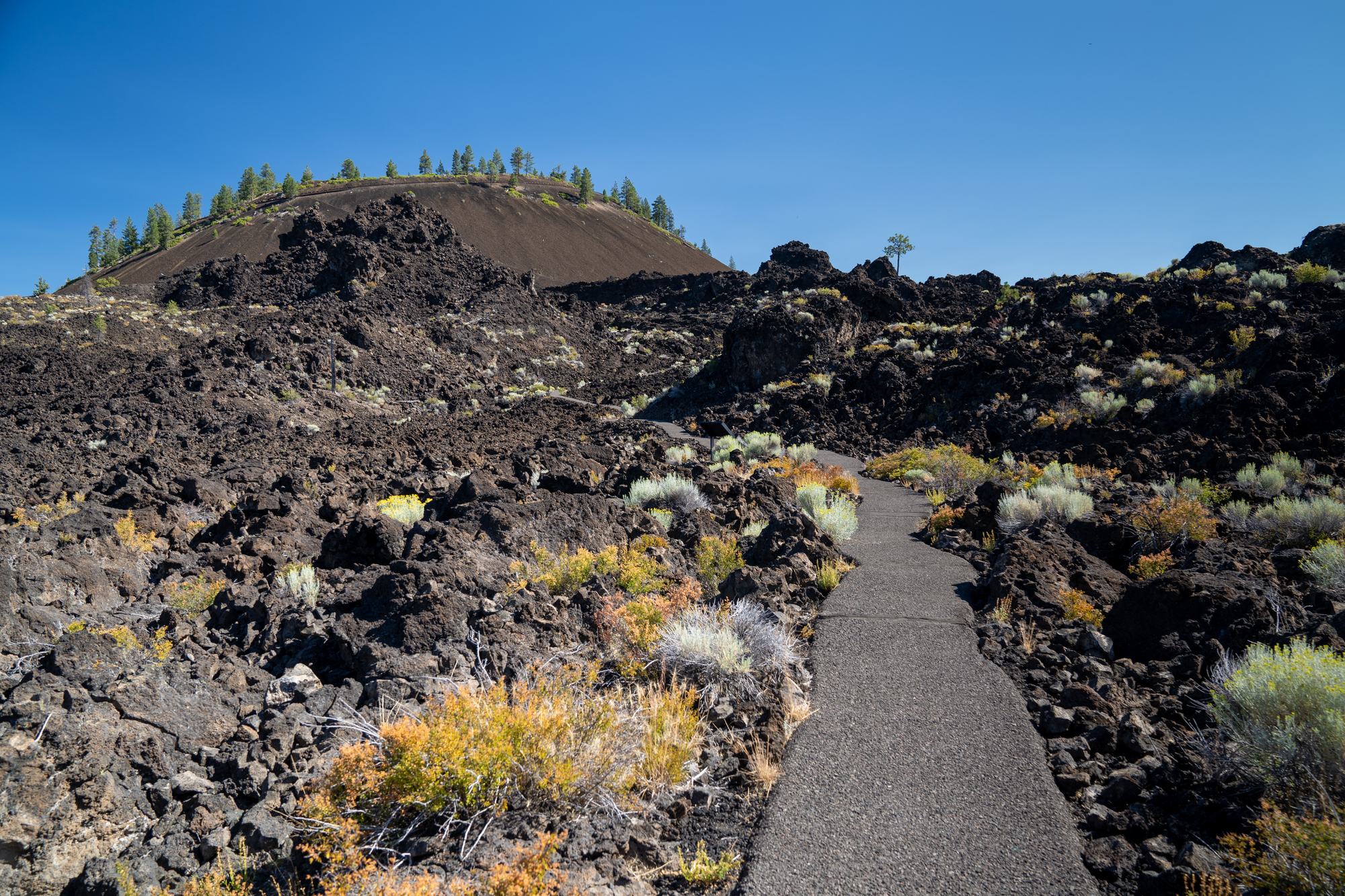
This expansive monument preserves an active volcanic landscape centered around the massive Newberry Caldera with its twin lakes. The Lava Butte cinder cone’s summit road leads to a fire lookout, offering 360-degree views of the surrounding lava flows that contrast sharply with the green forests beyond.
The mile-long Lava River Cave provides summer visitors a chance to explore the longest continuous lava tube in Oregon with proper lighting and footwear.
Like Travel Pug’s content? Follow us on MSN.
Mount Rainier National Park, Washington
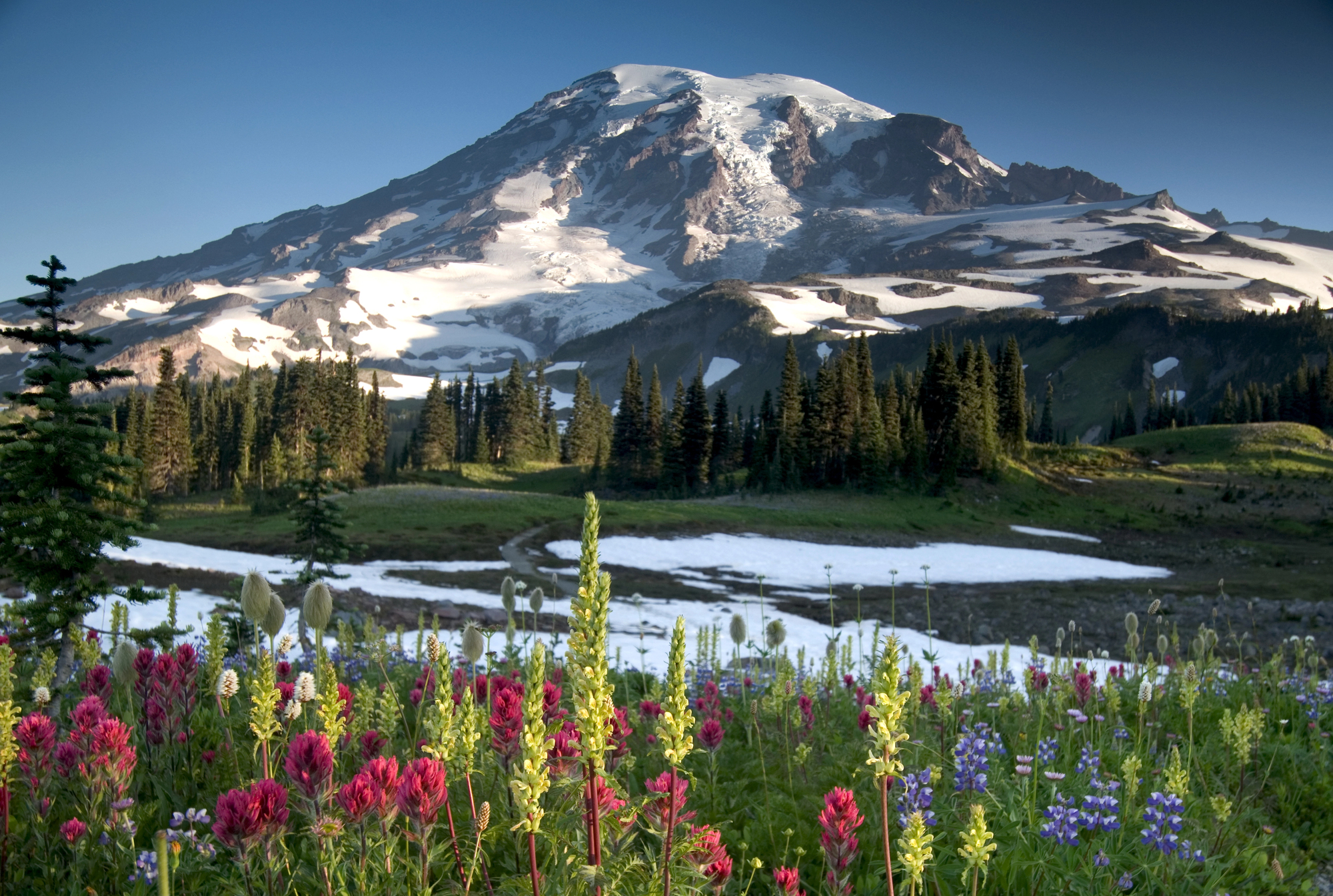
This iconic stratovolcano is the most prominent peak in the Cascade Range and presents one of the most dangerous volcanic threats in the continental United States due to its massive glaciers, which could create catastrophic mudflows during an eruption. The Paradise area features well-maintained trails across subalpine meadows with stunning views of the mountain’s glaciated slopes.
The park’s comprehensive monitoring system tracks seismic activity, ground deformation, and gas emissions to provide early warning of potential volcanic activity.
Capulin Volcano National Monument, New Mexico
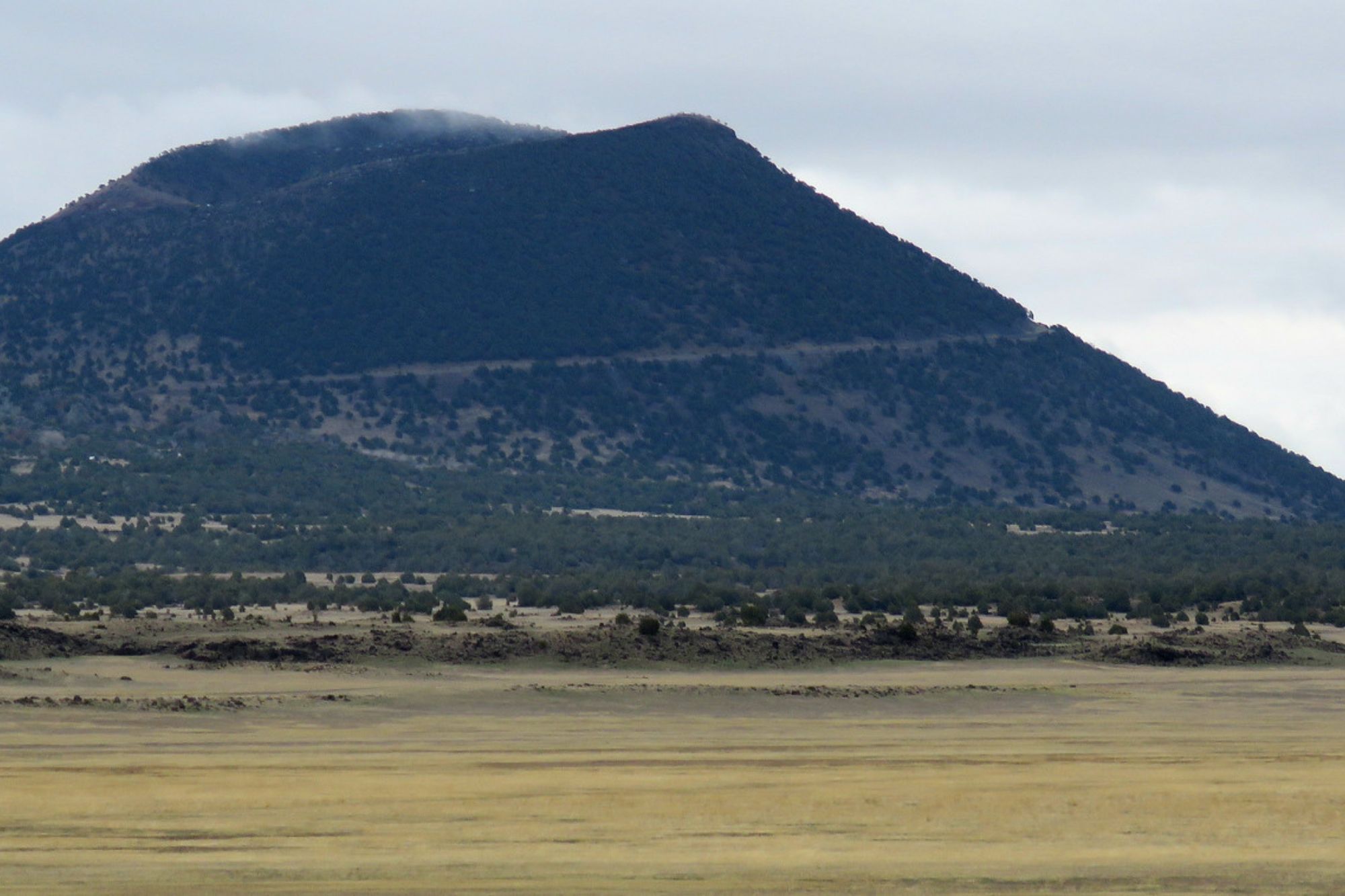
This nearly perfectly symmetrical cinder cone rises 1,000 feet above the surrounding grasslands, offering visitors the rare opportunity to drive to the rim of a volcano. The one-mile rim trail circles the crater’s edge, with panoramic views extending into five states on clear days.
The visitor center explains how this volcano emerged approximately 60,000 years ago as part of a field of volcanoes extending across northeastern New Mexico.
Lava Beds National Monument, California

This fascinating landscape contains the largest concentration of lava tube caves in North America, created during eruptions of the Medicine Lake shield volcano. The two-mile Cave Loop Drive provides access to numerous lava tubes ranging from easy walking passages with developed staircases to wild caves requiring crawling and basic caving equipment that can be borrowed from the visitor center.
The established trails on the surface lead across distinctive collapsed lava tube features called trench caves and natural bridges.
Like Travel Pug’s content? Follow us on MSN.
Petroglyph National Monument, New Mexico
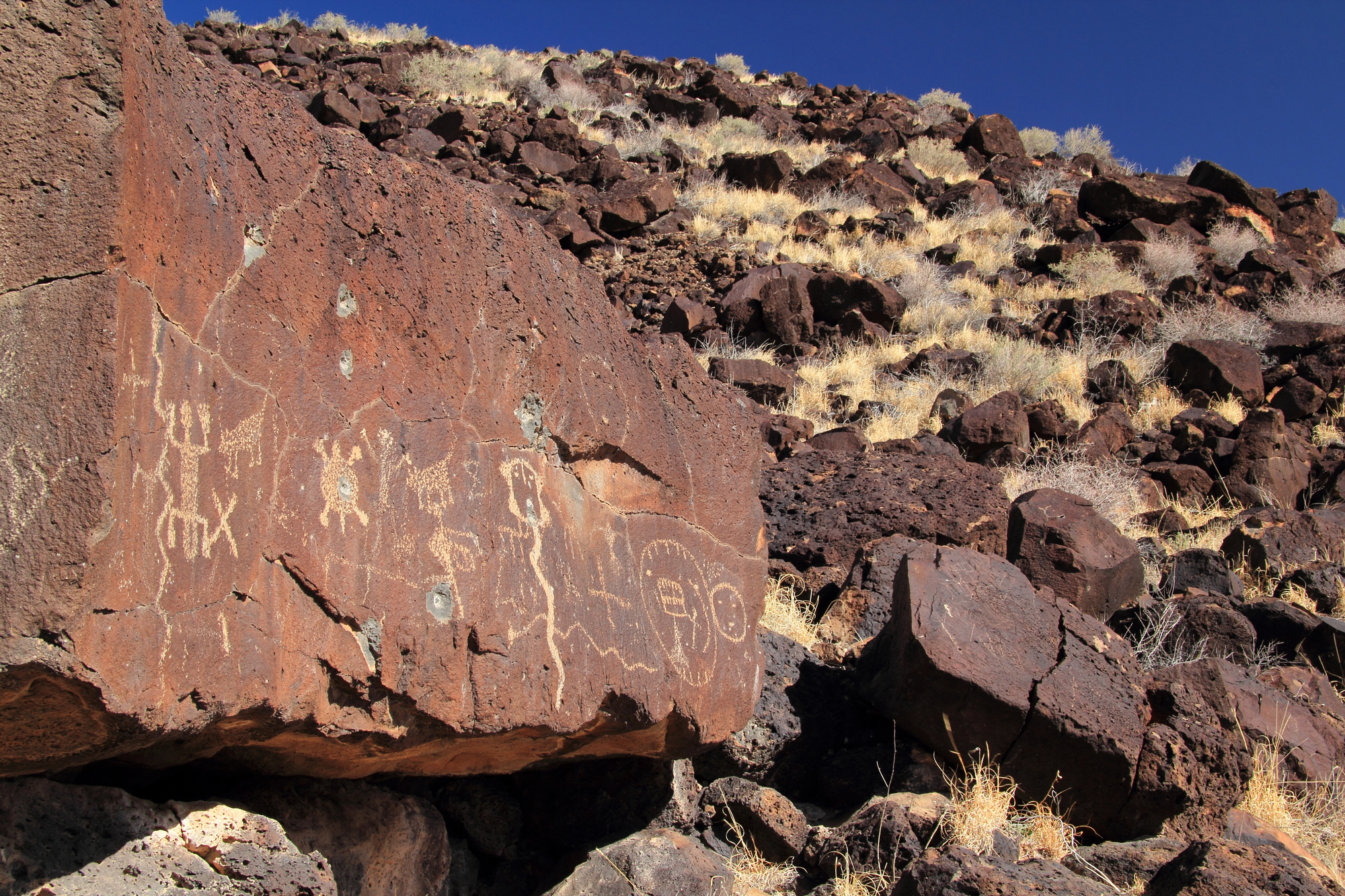
The black basalt boulders scattered across this monument formed during ancient volcanic eruptions before being carved with thousands of images by ancestral Pueblo peoples. The easy trails along the escarpment provide close access to these petroglyphs while interpretive signs explain how the volcanic landscape influenced both geology and human culture.
The visitor center exhibits details of how these volcanic rocks preserve the cultural heritage of indigenous communities through the contrast between carved designs and the natural desert varnish.
El Malpais National Monument, New Mexico
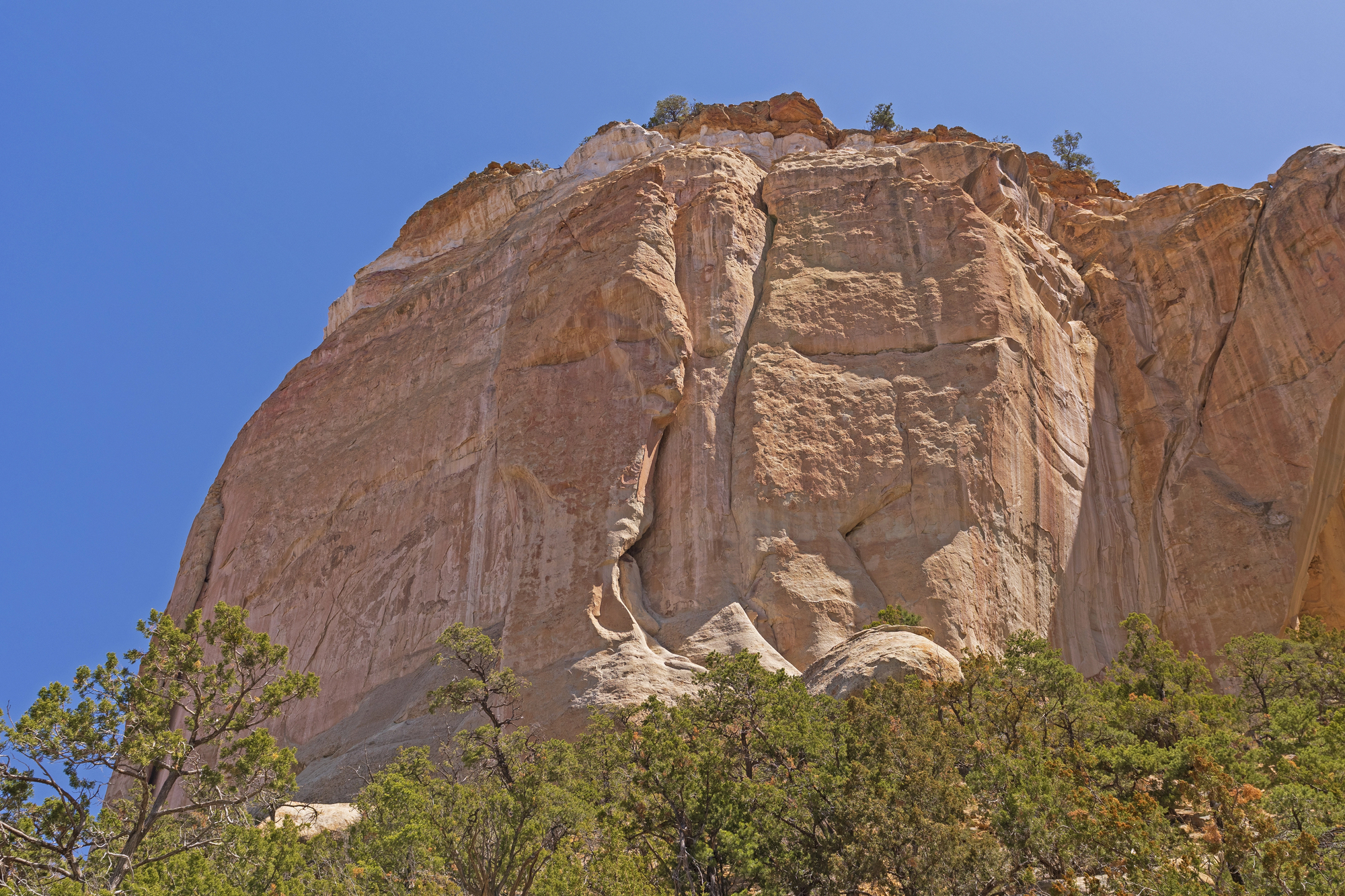
The name translates to ‘the badlands’ in Spanish, aptly describing this rugged landscape of barren lava flows, cinder cones, and lava tube caves. The scenic drive along the edge of the massive flow provides numerous overlooks where visitors can safely view the jagged terrain without venturing onto the hazardous surfaces.
The adjacent national conservation area features sandstone bluffs offering expansive views across this volcanic landscape that contains some of the youngest lava flows in the continental United States.
Devils Postpile National Monument, California
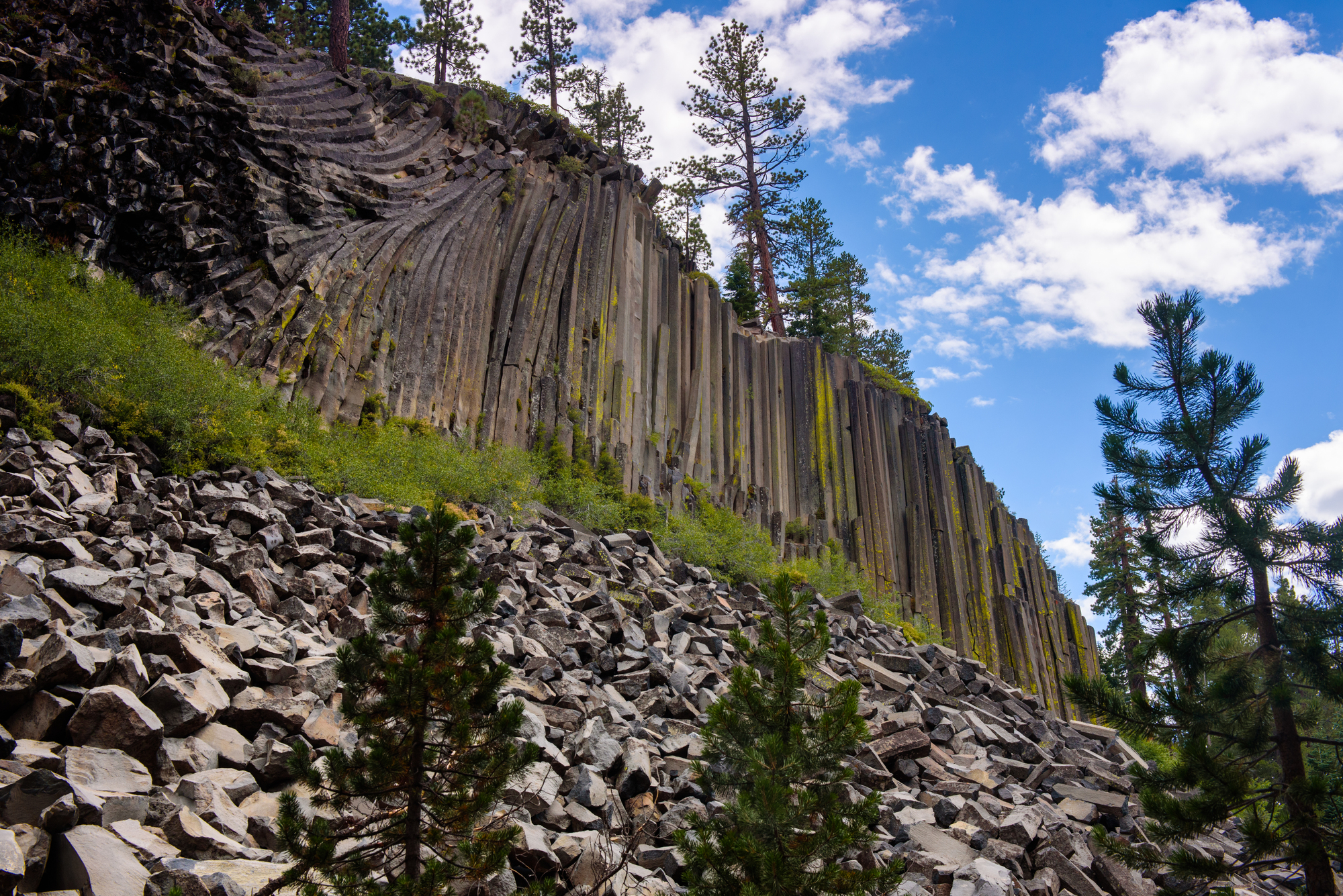
This remarkable formation of hexagonal basalt columns demonstrates how cooling lava creates geometric patterns through contraction fracturing. The short trail from the shuttle stop leads directly to these towering columns that stand like a giant’s fence across the landscape.
The top of the formation displays magnificent polygonal cross-sections where glaciers polished the surface to a high sheen approximately 10,000 years after the original volcanic activity.
Like Travel Pug’s content? Follow us on MSN.
Pinnacles National Park, California
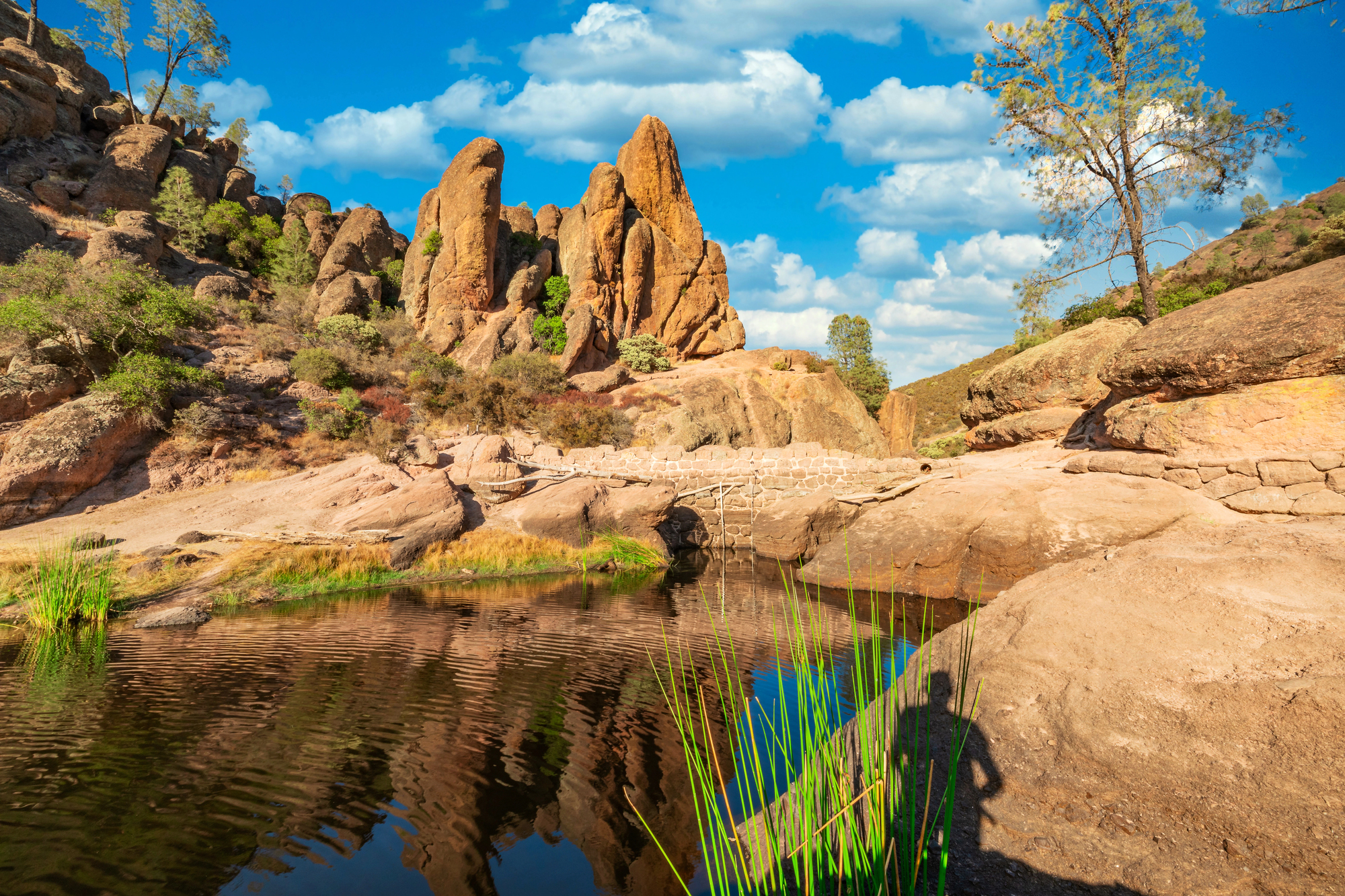
Though not immediately recognizable as volcanic, this park preserves the eroded remnants of an ancient volcano that erupted 23 million years ago and has since been carried 200 miles northward by the movement of the San Andreas Fault. The dramatic spires and rock formations resulted from erosion of the volcanic breccia and tuff deposited during explosive eruptions.
The network of trails through the talus caves—spaces created when massive boulders fell into narrow canyons—offers a unique experience among fallen volcanic rocks.
Diamond Head State Monument, Hawaii
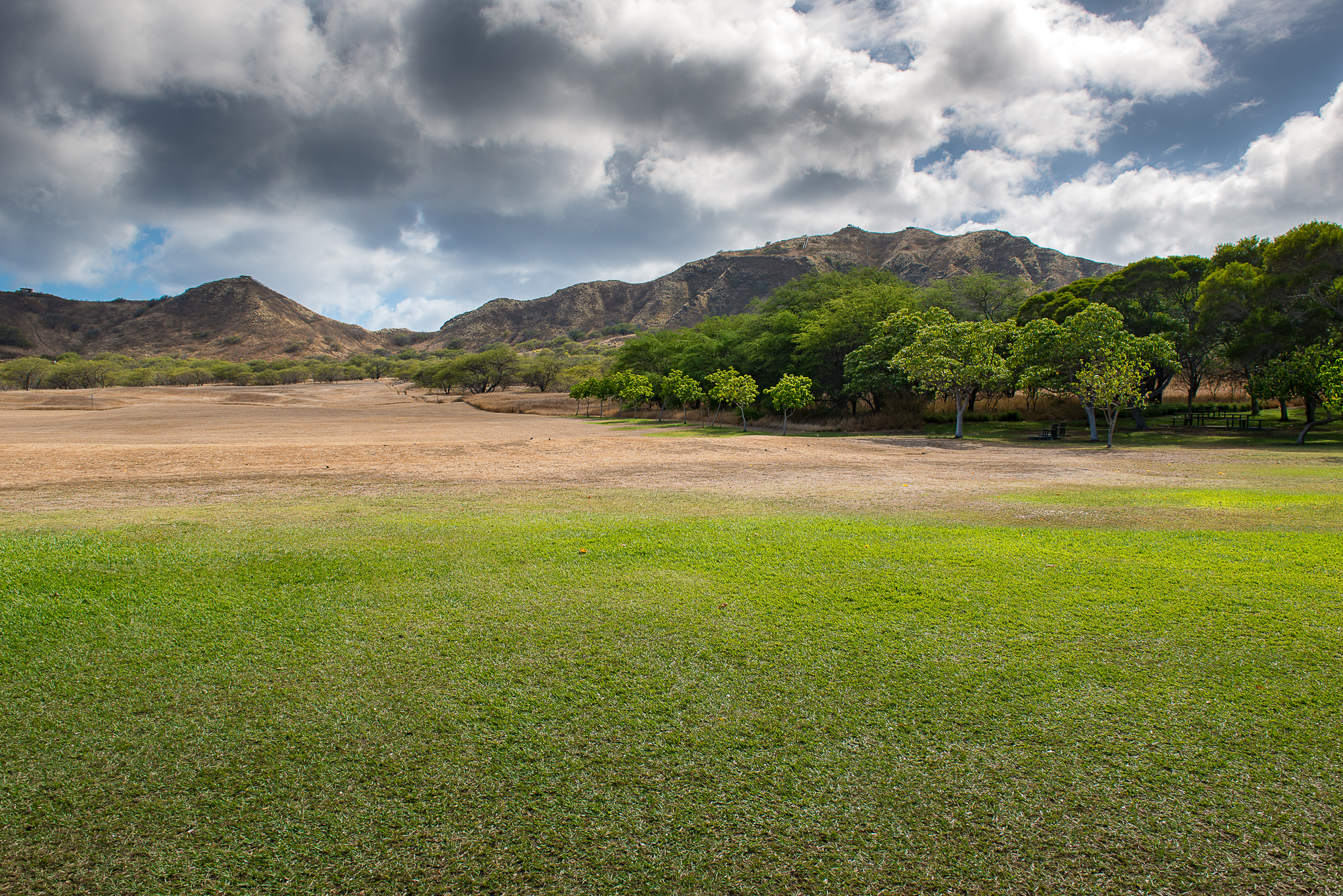
This distinctive crater on Oahu formed during a brief eruption approximately 300,000 years ago and now stands as one of Hawaii’s most recognizable landmarks. The moderately challenging trail to the summit follows an old military installation path, leading through a tunnel and up staircases to a breathtaking panoramic view of Waikiki and the Pacific Ocean.
The visitor facilities at the trailhead explain how this tuff cone formed during a hydromagmatic eruption where magma encountered groundwater.
Haleakalā National Park, Hawaii
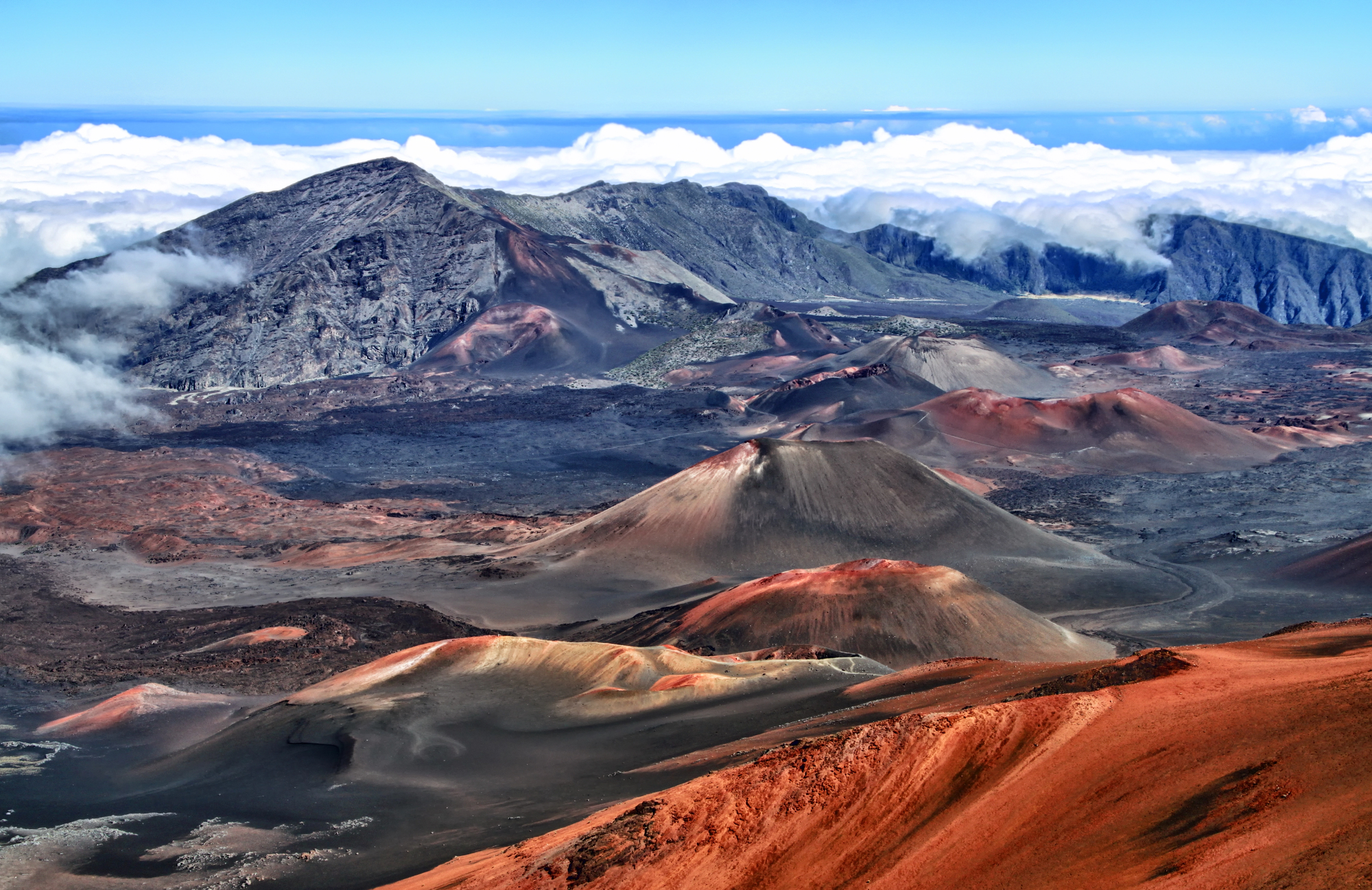
The massive shield volcano that forms the eastern portion of Maui features a 10,023-foot summit accessible via a dramatic winding road to the crater rim. The colorful cinder cones dotting the crater floor create an otherworldly landscape often compared to walking on Mars.
The protected status of this volcanic wilderness preserves unique species like the silversword plant that evolved to thrive in this harsh environment of extreme temperature fluctuations and minimal rainfall.
Like Travel Pug’s content? Follow us on MSN.
Wupatki National Monument, Arizona
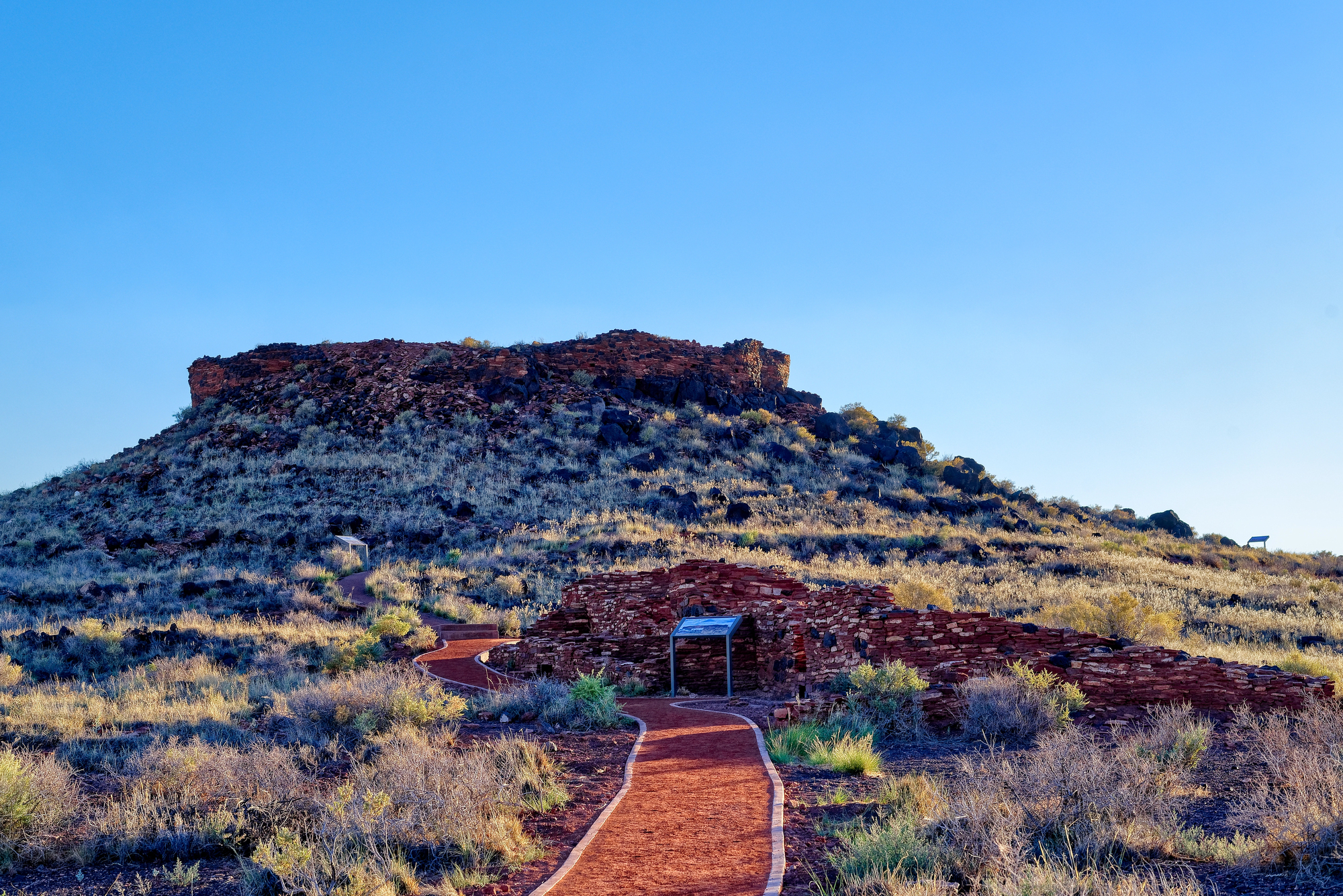
The eruption of Sunset Crater Volcano in the 11th century created favorable agricultural conditions that drew indigenous peoples to build the remarkable structures preserved at this monument. The easily accessible ruins loop connects various pueblos built using the dark volcanic rocks scattered across the landscape following the eruption.
The visitor center exhibits explain how the thin layer of volcanic ash helped retain precious moisture in this arid environment, temporarily creating a hospitable landscape for agriculture.
Grants-Milan Volcanic Field, New Mexico
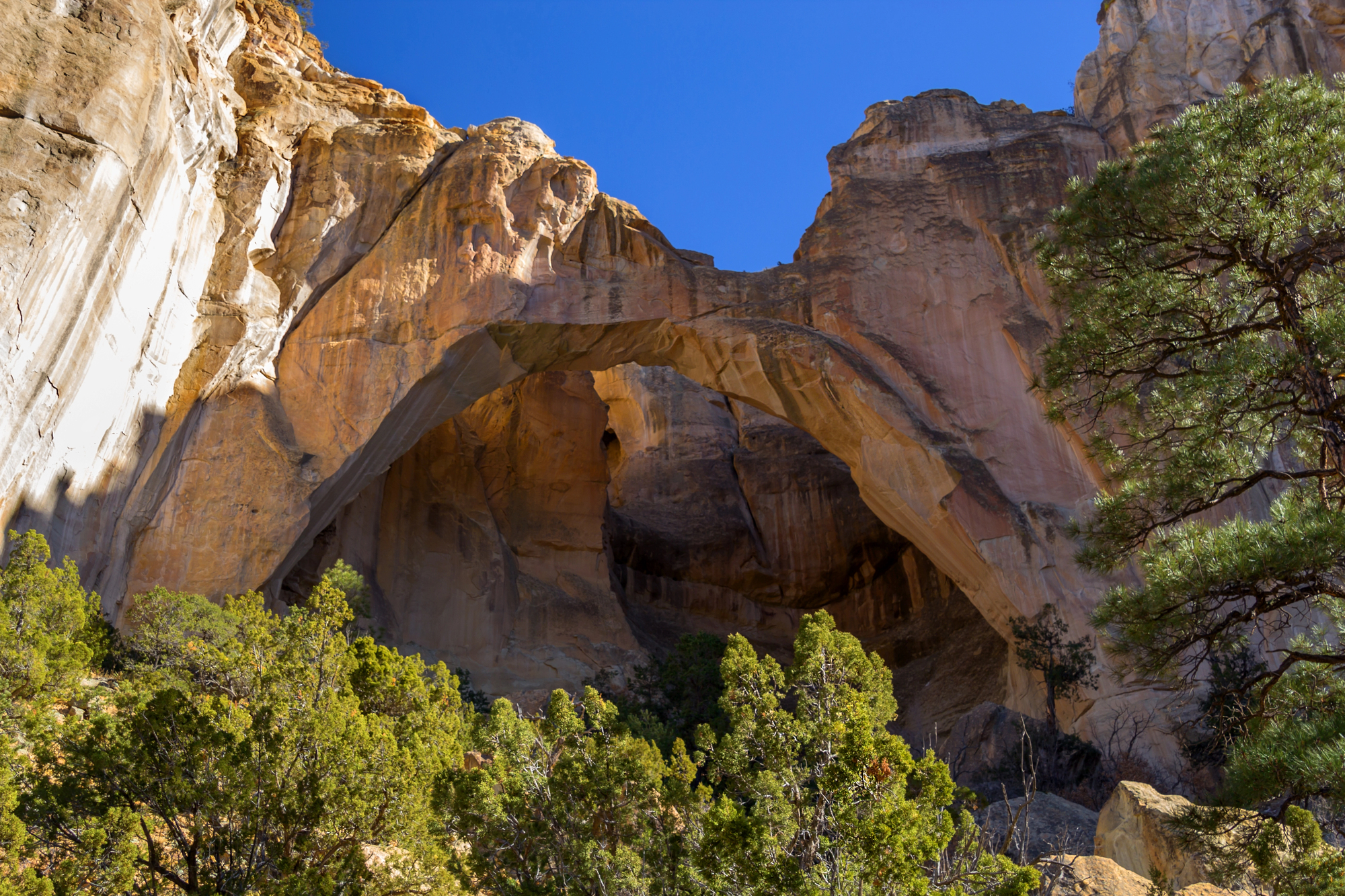
Located along the scenic El Malpais National Conservation Area, this accessible volcanic field features remarkable ice caves within collapsed lava tubes where year-round ice formations persist despite the desert environment above. Developed paths lead visitors safely into these geological features, where ancient lava formed natural refrigerators.
The visitor facilities along Highway 53 explain how the combination of elevation, cave geometry, and cold air trapping creates these surprising ice formations in the desert Southwest.
Volcanoes’ Enduring Legacy
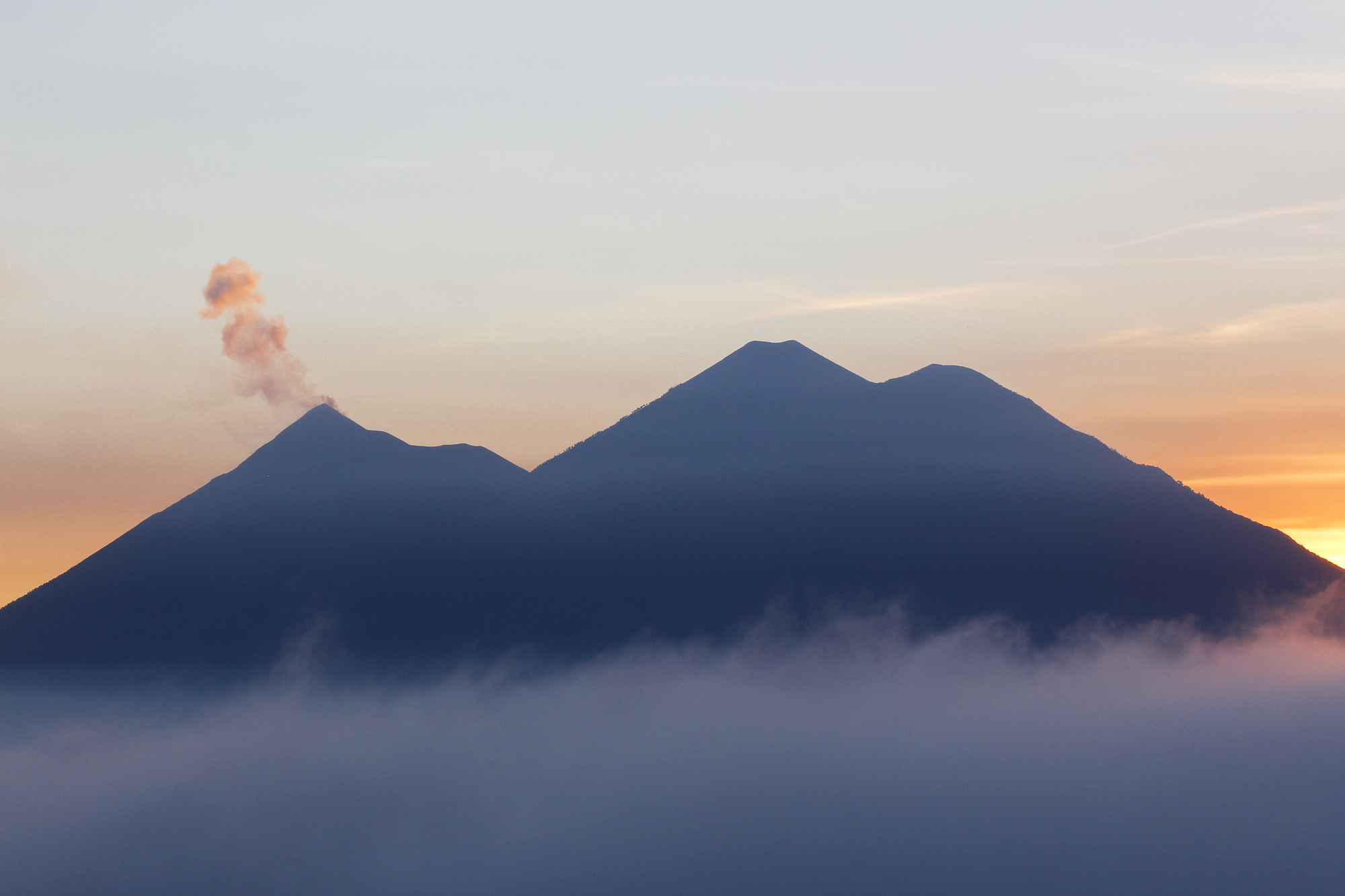
These volcanic parks represent America’s commitment to preserving and safely sharing some of our most dramatic landscapes. From actively steaming calderas in Hawaii to ancient, eroded formations in California, these sites connect visitors to the powerful forces that continue to shape our planet.
The carefully designed infrastructure at these parks—viewing platforms, established trails, and interpretive centers—allows millions of people each year to experience volcanic landscapes without endangering themselves or the fragile environments. These managed encounters with volcanic power create lasting memories while fostering a deeper appreciation for the geological processes that have built our continent over millions of years.
More from Travel Pug

- Cities Growing so Fast You Won’t Recognize Them in 10 Years
- 13 Destinations Where Tourists Regularly Regret Their Trip
- 16 U.S. Cities That Are Quietly Becoming Travel Hotspots
- Where to Travel If You Love Long Bus Rides and Daydreams
- 20 Cities Perfect for Solo Travelers Who Crave Adventure & Culture
Like Travel Pug’s content? Follow us on MSN.
